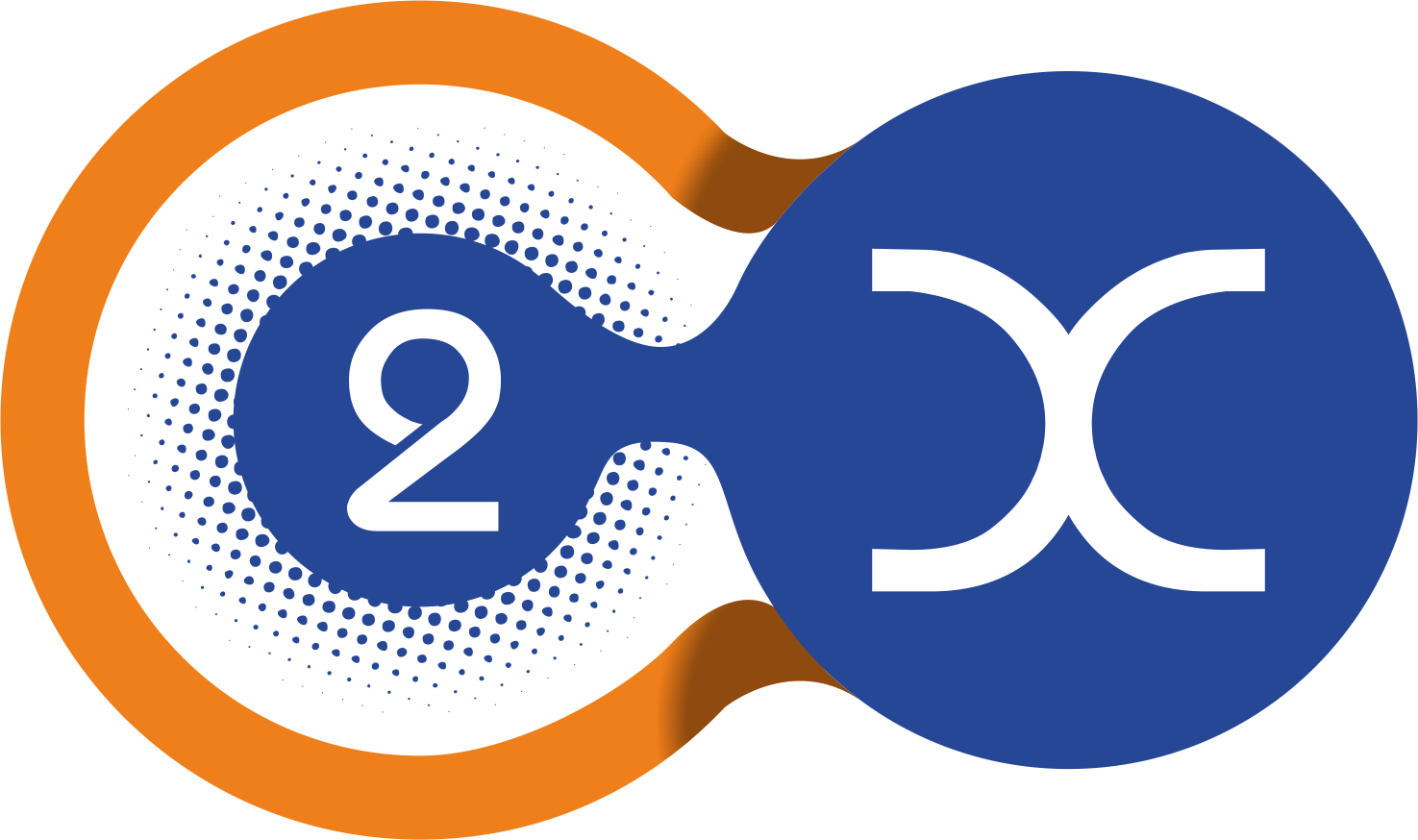
Design thinking is a problem-solving approach that has been gaining popularity in recent years, especially in the corporate world. It offers a flexible and human-centered method for tackling complex problems, and it has been shown to be effective in a wide range of industries and applications.
At its core, design thinking is about empathy and understanding. It starts with putting oneself in the shoes of the end user to understand their needs and desires. From there, designers generate a large number of potential solutions and rapidly test and iterate on them until they arrive at a final solution that meets the needs of the user.
One of the key benefits of design thinking is that it encourages a multidisciplinary approach to problem-solving. Teams from various backgrounds and expertise work together to generate creative and effective solutions, leading to a more holistic and well-rounded final product.
Another advantage of design thinking is its flexibility. Unlike traditional problem-solving methods that follow a rigid set of steps, design thinking allows for a more organic and iterative process. This allows for greater innovation and the ability to pivot quickly when a solution isn’t working.
Design thinking can also lead to a culture of continuous improvement. By encouraging teams to always be searching for ways to improve the user experience, companies can foster a culture of innovation and growth.
In conclusion, design thinking is a powerful toolkit for solving complex problems. Its human-centered approach, multidisciplinary teamwork, flexibility, and focus on continuous improvement make it an invaluable asset for companies looking to stay ahead in today’s fast-paced and competitive business environment.




